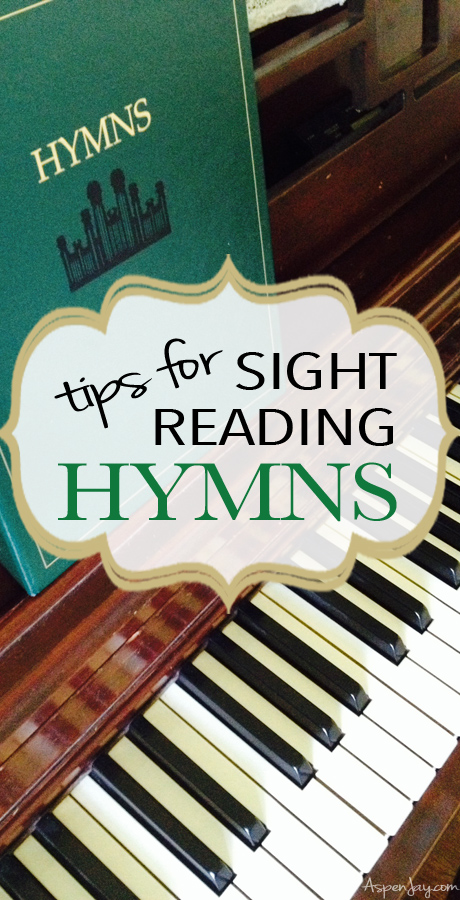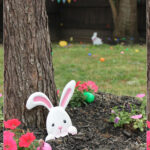Many of my friends have asked what I do with all of my time now that we are finished with our 9 parties in 9 weeks challenge. Well since I had SO much time to begin with… 😉 not like I have two little boys or something…
Anyways that being said, I did begin taking piano lessons. I was worried at first how in the world I would get any practicing done with two toddlers jealous of my time. But thankfully we worked out a schedule that when Tennessee sleeps, I practice, and Boston knows it is quiet time. This isn’t exactly fool proof, for I do get a few interruptions from Boston or Tennessee might not sleep as long, but for the most part, I am able to get in a solid hour of practice.

One of the things my teacher has been working with me on is sight reading which I am really grateful for. Especially since I was recently asked to play the piano every Sunday for our Relief Society (women’s church group) and I sometimes don’t get much (if any) notice of the songs that will be sung for our meeting. I have played the piano off and on for most of my life, but have never been good at sight reading.
My teacher taught me some basic tips that have already improved my site reading. I thought maybe someone else out there, a new primary pianist or something, may benefit from these tips as well.
I practice sight reading with hymns, so will be using that as I describe the process, but these principles are universal to whatever type of music you are trying to sight read.
Tips for Sight Reading
1. Study the piece
Before you begin to play, look over the entire hymn. Don’t just check the key signature, hold your breadth, and go for it (please tell me that I am not the only one guilty of this?!). Check the key signature, tap out the tempo, scan the piece for accidentals, pick-ups, dynamics, and any crazy elements that may be added like an extra sharp or flat (I just LOVE when they do that… yeah right!). My sight reading has improved IMMENSELY simply by looking over the entire piece before I play. It doesn’t take very long to scan the hymn and I am a bit more at ease when I play because I know what lies ahead.
2. Slow as possible
Play the hymn as slow as possible but not too slow that the congregation can’t sing along.
3. Don’t stop
I used to stop and then start from the beginning whenever my finger hit a wrong note. In sight reading, you definitely don’t want to get into this habit. I guarantee the congregation isn’t going to stop in the midst of the hymn to start again with you no matter how much you mess up. So practice as if you were actually playing in front of people. Even if all you can play is the melody, that is fine, the key is to KEEP GOING!
If a certain measure continues to give you heartache while you are practicing, get out of the ‘sight reading’ mode and spot practice that section to drill out the mistakes.
4. Keep practice simple
Practicing just one hymn a day does wonders for improving your sight reading. Pretty manageable, right? Obviously you can play more if you wish but go through at least one. The beginning of the hymnal is a great place to start.
And there you have it! Four tips to help improve sight reading. Pretty basic I know, but speaking from experience, implementing these simple techniques will enhance your sight reading skills.



I just found this site looking for something else. I am 80 years old this year and still love to play guitar and piano. Am I any good? Not really. But I enjoy it. The sight-reading tips were terrific and the tip to always look ahead reminded me of learning to type. That was one of the biggest helps I received when I was learning. With music, it helps you stay on tempo and the continuity says to the listener that you are no longer a beginner.
For years I played the organ or piano for church. One music leader told me the hymns when we got to the meeting. No Notice! I got pretty good at it,but when I became the leader, I was sure to let my accompanist know well ahead of time.
One tip if you are at church sitting at the organ, during the meeting and need to practice is to practice the song on an imaginary keyboard in the air or on your lap, etc. It does help, especially the rough spots.
I have always wanted tk sight read hymns. I have tried and failed for several times.
I am giving it a try again.
This information really helps
Thanks
You are most welcome! Good luck! 🙂
If you follow your own tips, you’ll be sight-reading fluently in no time! I always get my students (I teach band, choir, and orchestra) to keep their eyes moving just a little ahead of what they’re playing… Easier said than done, but you can train yourself to do it! Practice makes progress!
Thanks for sharing such a great tip Sarah! That is something I need to work on. I am so pleased with the progress I have made thus far, still not a big fan of hymns that have a lot of flats in them though. 🙂 That is awesome that you teach music and in such a variety! Wow! Do you have a main instrument? Music teachers always amaze me!
I am the WORST sight reader! My mom just started taking piano lessons again, and her teacher is focusing a lot on site reading hymns as well. I’ll deff be sharing this post with her!
Oh and PS. SUPER CUTE blog!!!!
Thanks Cami! I am right there with you on being the worst sight reader! But I am getting so much better! Hooray! Hopefully your mom will be too! 🙂
I was a volunteer organist at our little village chapel for a few years, until I had three kids under 5 and I couldn’t manage it any more. I would definitely recommend looking through it first! Once you become experienced in doing this you’ll probably be able to imagine how it sounds too. Also hymns are usually predictable and tend to use similar chord progressions, so sometimes it’s almost like you’ve played it before! Knowing how music works is helpful too, if it’s horribly complicated I would thump out the tune and play chords that I thought would fit! It was usually ok 🙂
You won me over at “Well since I had SO much time to begin with… ” lol! This was an awesome read and your kids are so stinking cute!
Thanks Lauren! I guess you can relate to ‘having so much time’ too. 🙂
Great tips! Good luck in your practicing and learning hymns — especially with young children. That is a challenge. (Been there. Done that!)
Thanks, I need it! Sometimes they are angels for me… and other times they are not. 😉 Ooo you have been there? What tips do you have?
I would love to play an instrument. I know a bit of guitar and piano but I’m really not good at reading music.
I love your tips here though.
Thanks for sharing.
xoxo
Thanks Jennifer. I have never been good at reading music either… but I am getting better. 🙂